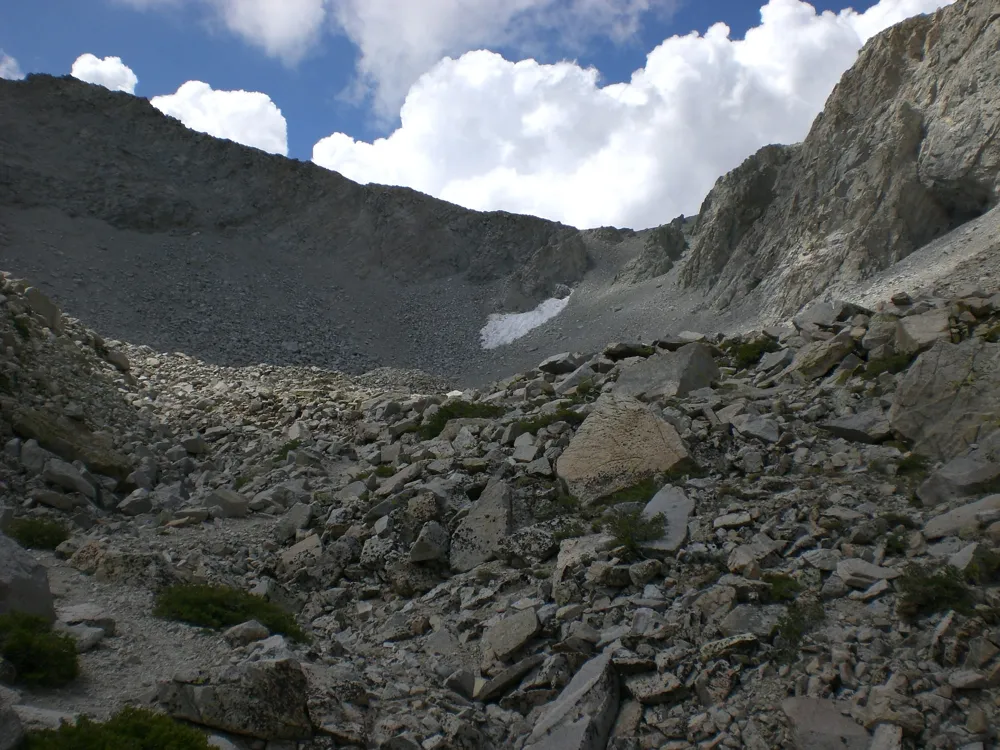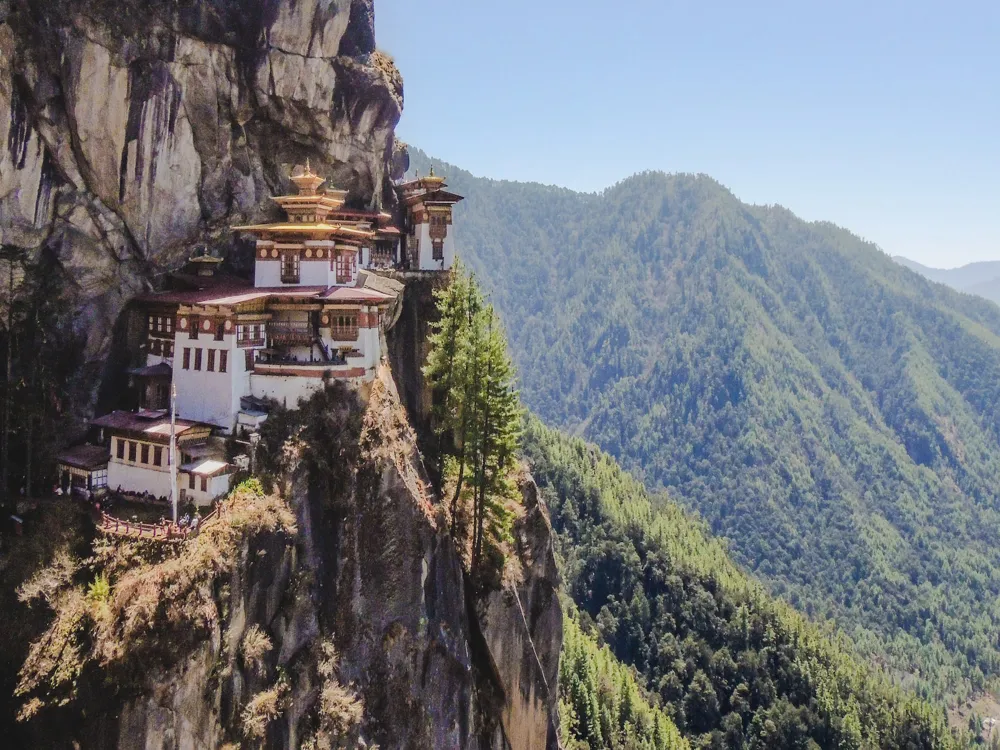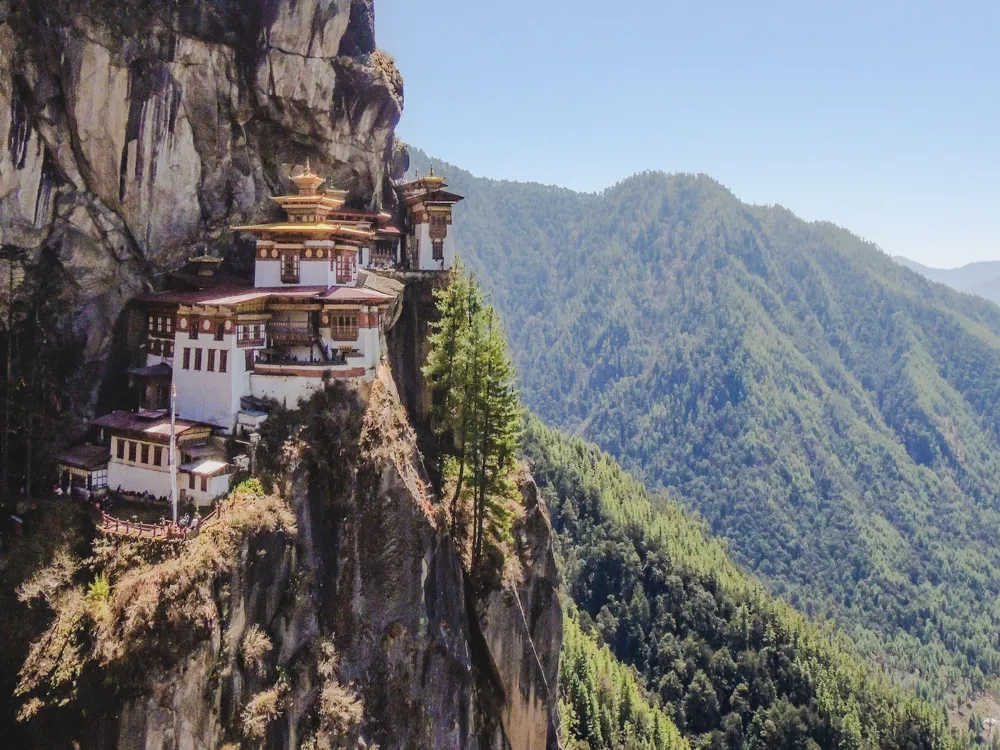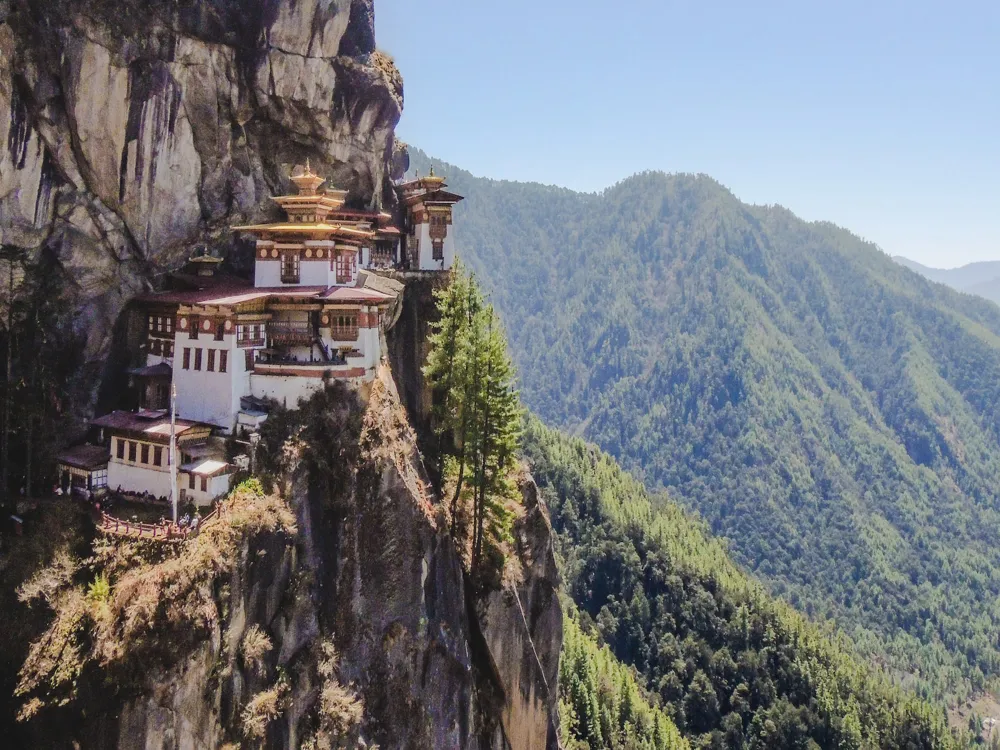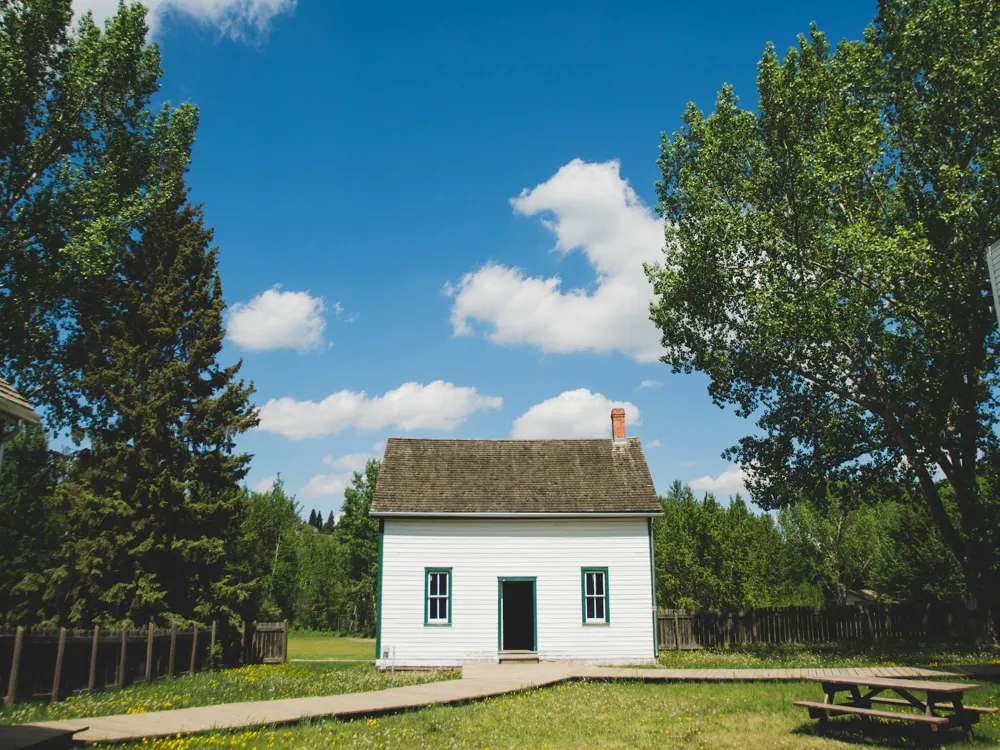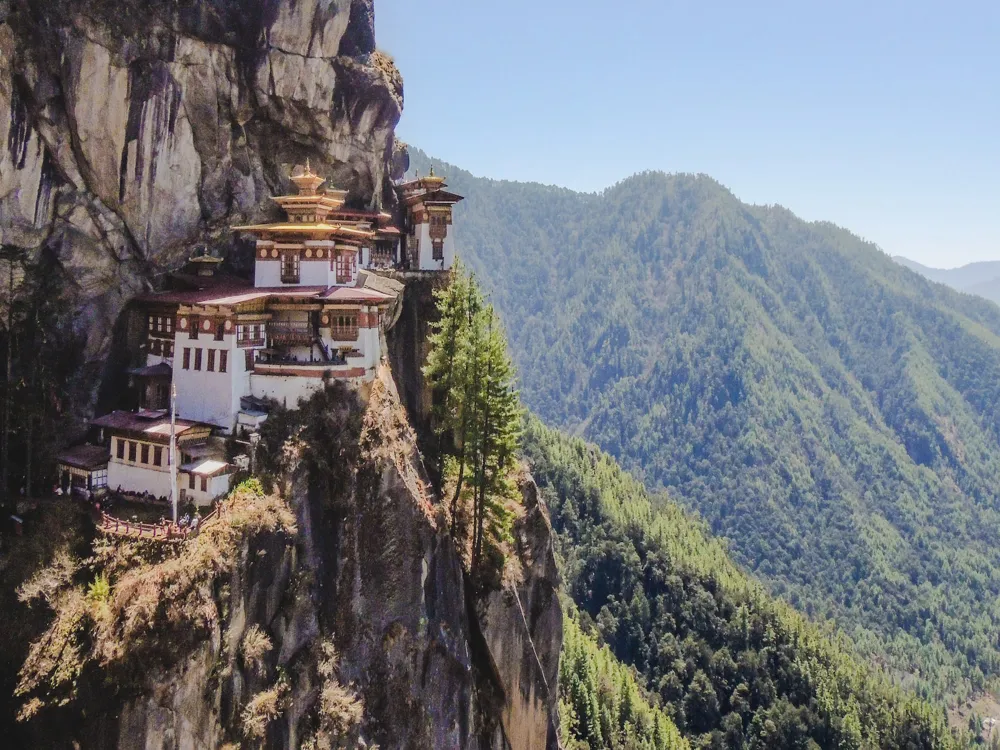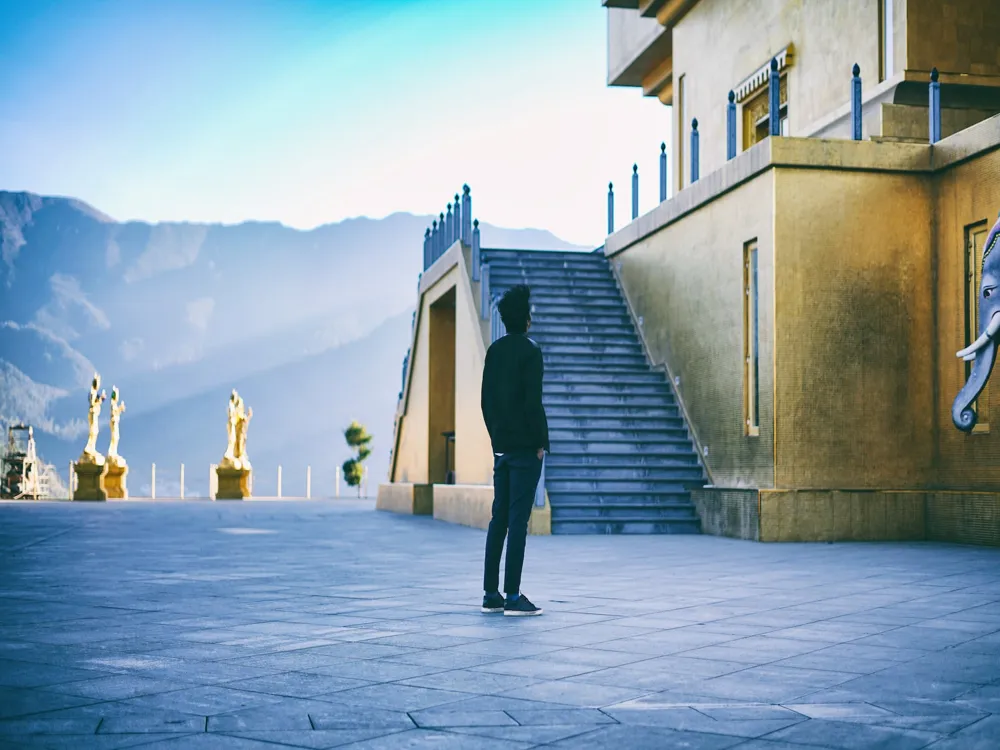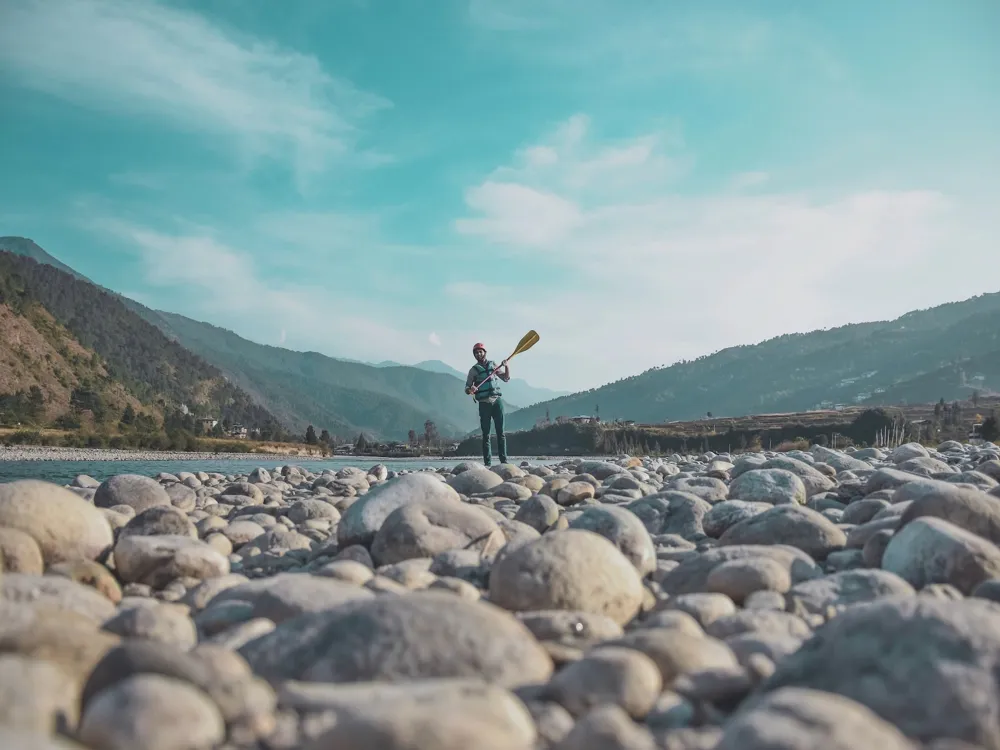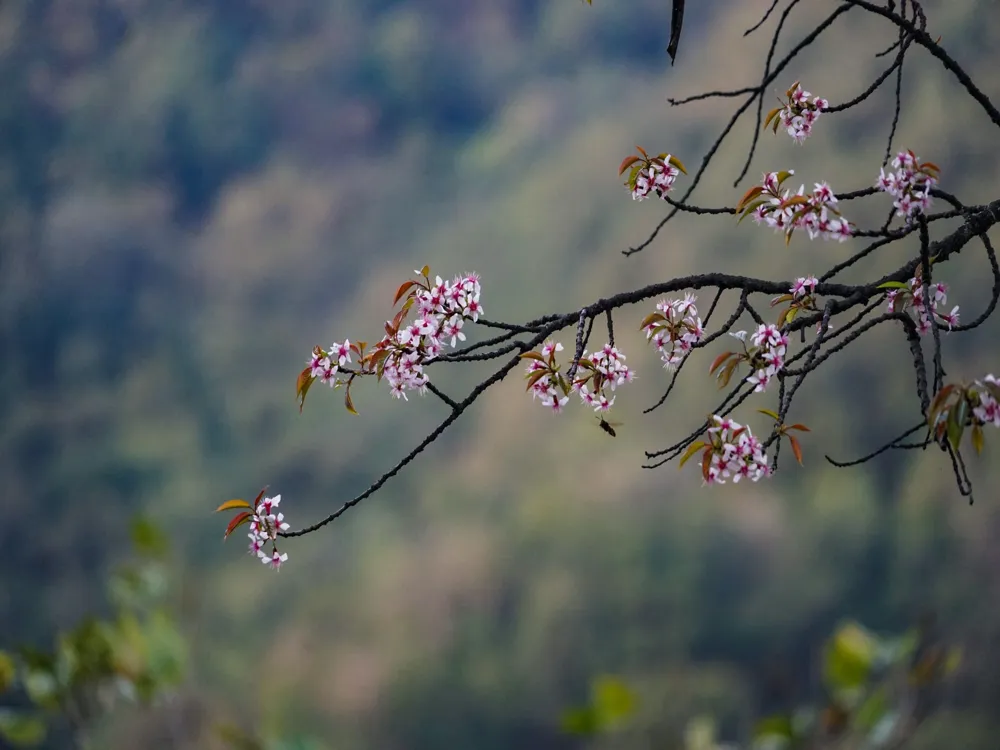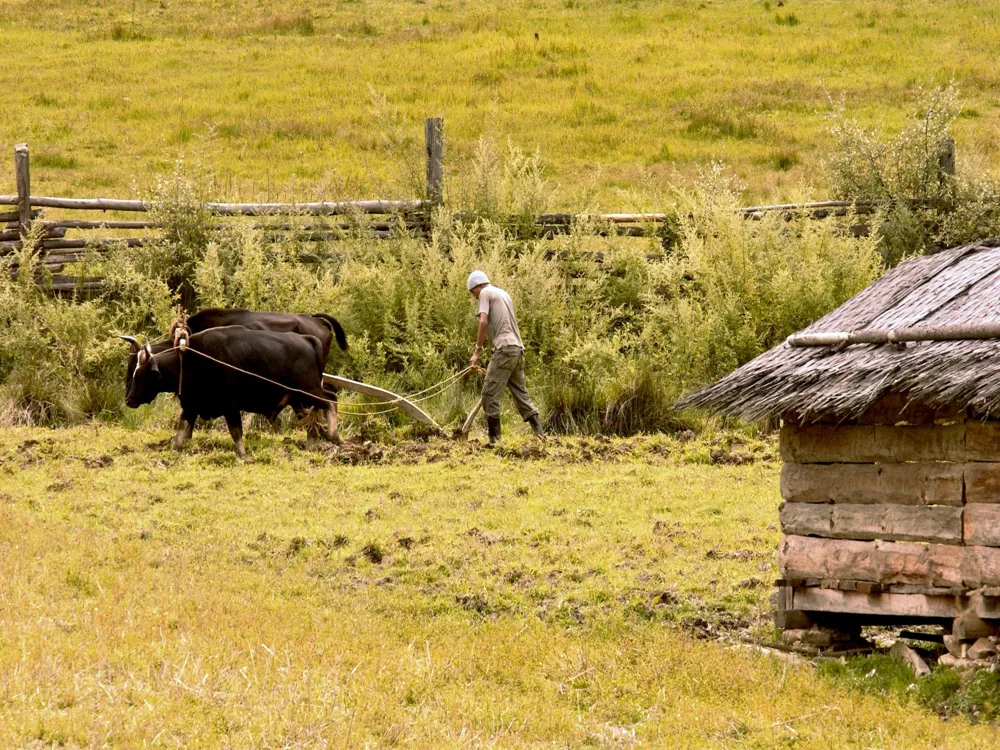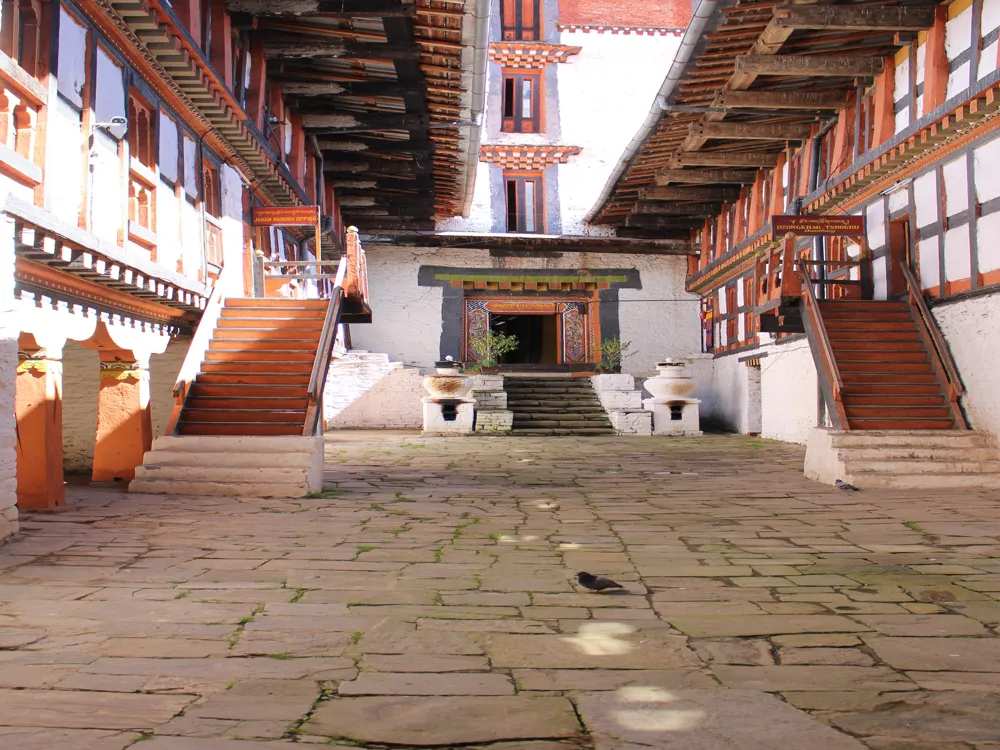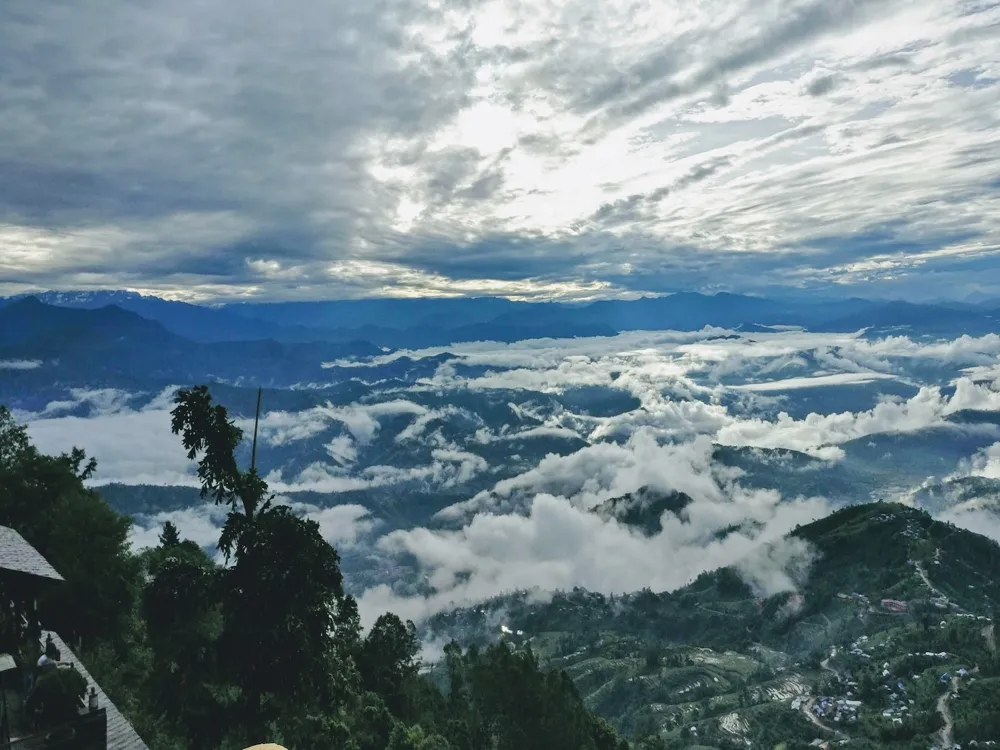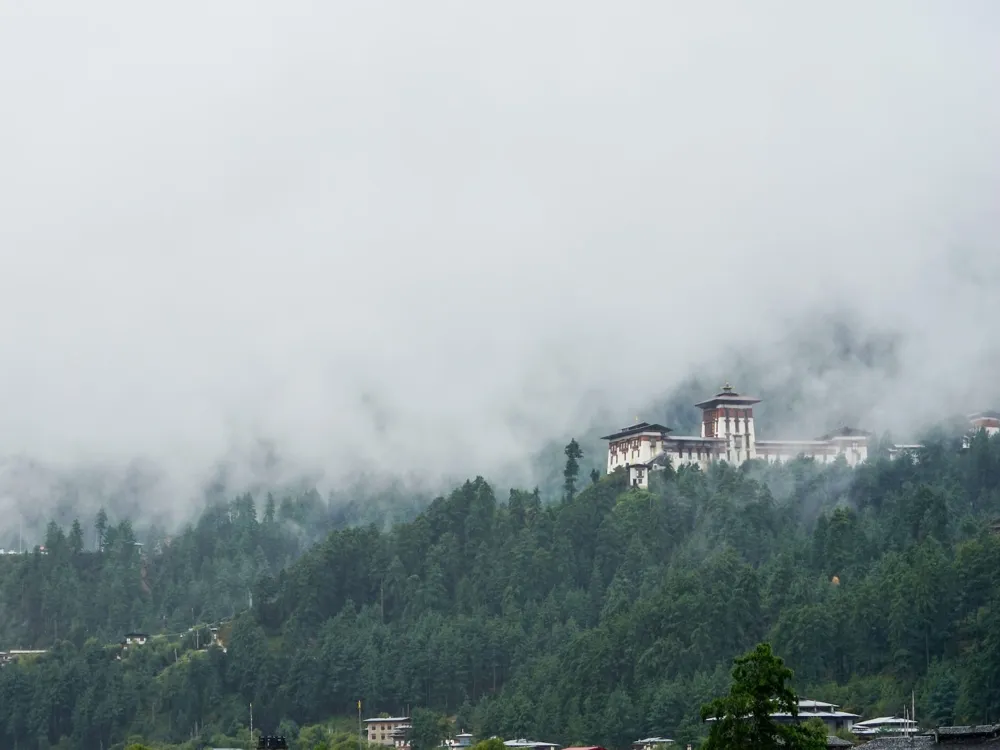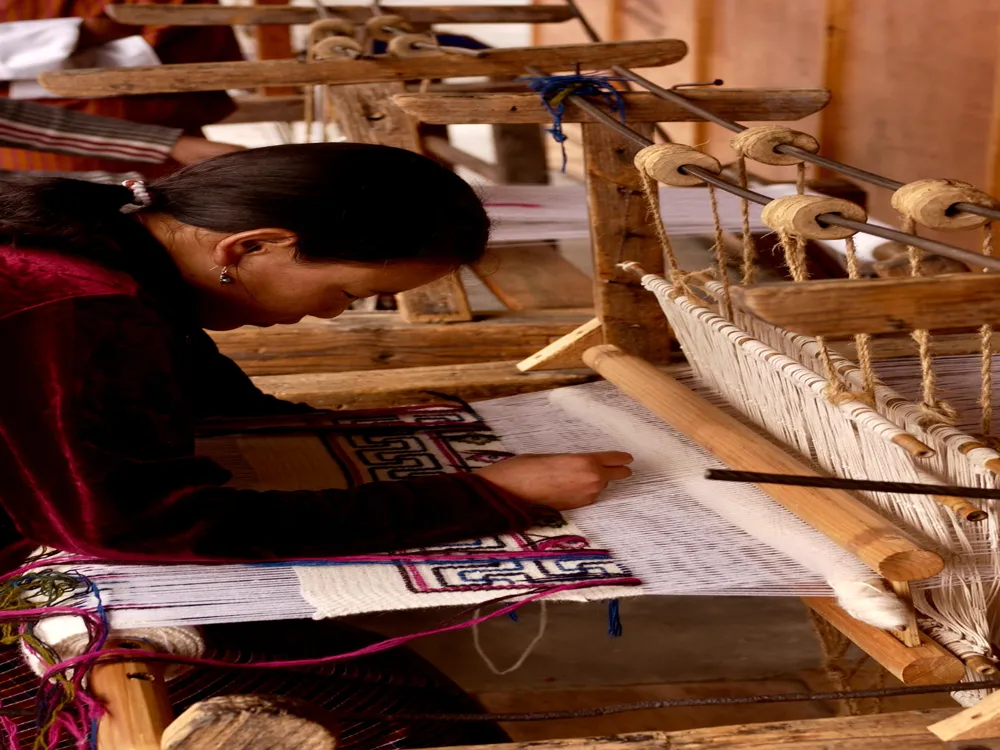Located in the serene and picturesque valley of Paro, Bhutan, Pena Lhakhang stands as a testament to the rich cultural and spiritual heritage of this Himalayan kingdom. This ancient Buddhist monastery, dating back centuries, is not just a religious site but a beacon of Bhutanese tradition and architecture. Nestled amidst lush greenery and against the backdrop of towering mountains, Pena Lhakhang offers a tranquil retreat for both the mind and soul. The monastery's history is deeply intertwined with the legends of Guru Rinpoche, a revered figure in Bhutanese lore, who is believed to have brought Buddhism to Bhutan. The journey to Pena Lhakhang is as enchanting as the destination itself. The path winds through quaint villages and dense forests, offering glimpses of Bhutan's untouched natural beauty. Upon arrival, visitors are greeted by the majestic structure of the monastery, which stands as a symbol of peace and spirituality. The architecture of Pena Lhakhang, characterized by its traditional Bhutanese design, intricate carvings, and colorful murals, is a visual treat and represents the artistic excellence of Bhutanese craftsmen. The monastery houses numerous sacred relics and artifacts, each with its own story, adding to the site's historical significance. The spiritual ambiance of Pena Lhakhang is palpable. The air resonates with the chants of monks and the fragrance of burning incense, creating an aura of mysticism. The monastery serves as a center for religious learning and meditation, attracting monks and lay practitioners from across the region. The vibrant festivals held here, showcasing masked dances and religious ceremonies, are a feast for the senses and offer a glimpse into Bhutan's rich cultural tapestry. A visit to Pena Lhakhang is not just a tour of a religious site; it is an immersive experience that offers insights into the soul of Bhutan. The architecture of Pena Lhakhang is a marvel, reflecting the unique blend of Indian, Tibetan, and indigenous Bhutanese styles. The monastery's structure is a testament to the architectural prowess of the Bhutanese artisans, who have skillfully incorporated symbolic elements and traditional motifs into the design. The main temple, a multi-storied structure, stands majestically with its classic sloping roofs, carved wooden windows, and whitewashed walls. The intricate patterns and vibrant colors adorning the exteriors are symbolic of Buddhist teachings and cosmology. As one steps inside, the interior of Pena Lhakhang reveals a world of spiritual artistry. The walls are adorned with Thangkas (Buddhist scroll paintings), frescoes, and sculptures, each narrating stories from Buddhist mythology. The use of bright colors and detailed imagery in these artworks is not just aesthetically pleasing but also serves as a medium for imparting religious teachings. The main hall, or Dukhang, houses a sacred altar with statues of Buddha and other deities, intricately crafted and adorned with precious stones and metals, reflecting the deep reverence for spiritual practice. The monastery's design also incorporates elements of Feng Shui, with the placement of structures and objects harmonizing with the natural environment. This alignment with nature is a core aspect of Bhutanese architecture, aiming to maintain balance and promote spiritual well-being. The courtyards, prayer wheels, and stupas within the monastery compound further enhance the spiritual ambiance, offering spaces for contemplation and prayer. Pena Lhakhang's architecture is not just a showcase of artistic talent; it is a physical embodiment of Bhutan's spiritual and cultural ethos. When visiting Pena Lhakhang, it is important to dress modestly and respectfully. Traditional or conservative attire is preferred. Visitors should remove their shoes before entering the temple and maintain a quiet demeanor to respect the sanctity of the monastery. The best time to visit Pena Lhakhang is during spring (March to May) and fall (September to November). During these months, the weather is pleasant, and the natural beauty of Paro is at its peak, enhancing the experience of your visit. Photography is often restricted inside the main temple. Always ask for permission before taking photos. Be mindful not to disturb the monks or worshippers during your visit. Opting for a guided tour can enhance your understanding of the monastery's history, architecture, and religious significance. Local guides are knowledgeable and can provide insightful stories and facts about Pena Lhakhang. As a visitor, it's important to show respect for local customs and traditions. Participate in rituals only if you are comfortable and with a clear understanding of their significance. Respect the local way of life and be open to learning from your experience. Pena Lhakhang is accessible via road from Paro town. Visitors can hire taxis or opt for local buses for a more authentic experience. The journey offers scenic views of the Paro Valley and its lush landscapes. For international travelers, Paro International Airport is the main entry point into Bhutan, from where Pena Lhakhang is a short drive away. Ensure to check travel requirements and permits, as Bhutan has specific entry policies for tourists. Read More:Overview of Pena Lhakhang
Architecture of Pena Lhakhang
Tips When Visiting Pena Lhakhang
Dress Code and Etiquette
Best Time to Visit
Photography Guidelines
Guided Tours
Cultural Sensitivity
How To Reach Pena Lhakhang
Pena Lhakhang
Paro
₹ 19,500 onwards
View paro Packages
Weather :
Tags : Buddhist Temple
Timings : 9:00 AM - 5:00 PM
Entry Fee : No Entry Fee
Planning a Trip? Ask Your Question
Paro Travel Packages
View All Packages For Paro
Top Hotel Collections for Paro

Private Pool

Luxury Hotels

5-Star Hotels

Pet Friendly
Top Hotels Near Paro
Other Top Ranking Places In Paro
View All Places To Visit In paro
View paro Packages
Weather :
Tags : Buddhist Temple
Timings : 9:00 AM - 5:00 PM
Entry Fee : No Entry Fee
Planning a Trip? Ask Your Question
Paro Travel Packages
View All Packages For Paro
Top Hotel Collections for Paro

Private Pool

Luxury Hotels

5-Star Hotels

Pet Friendly







